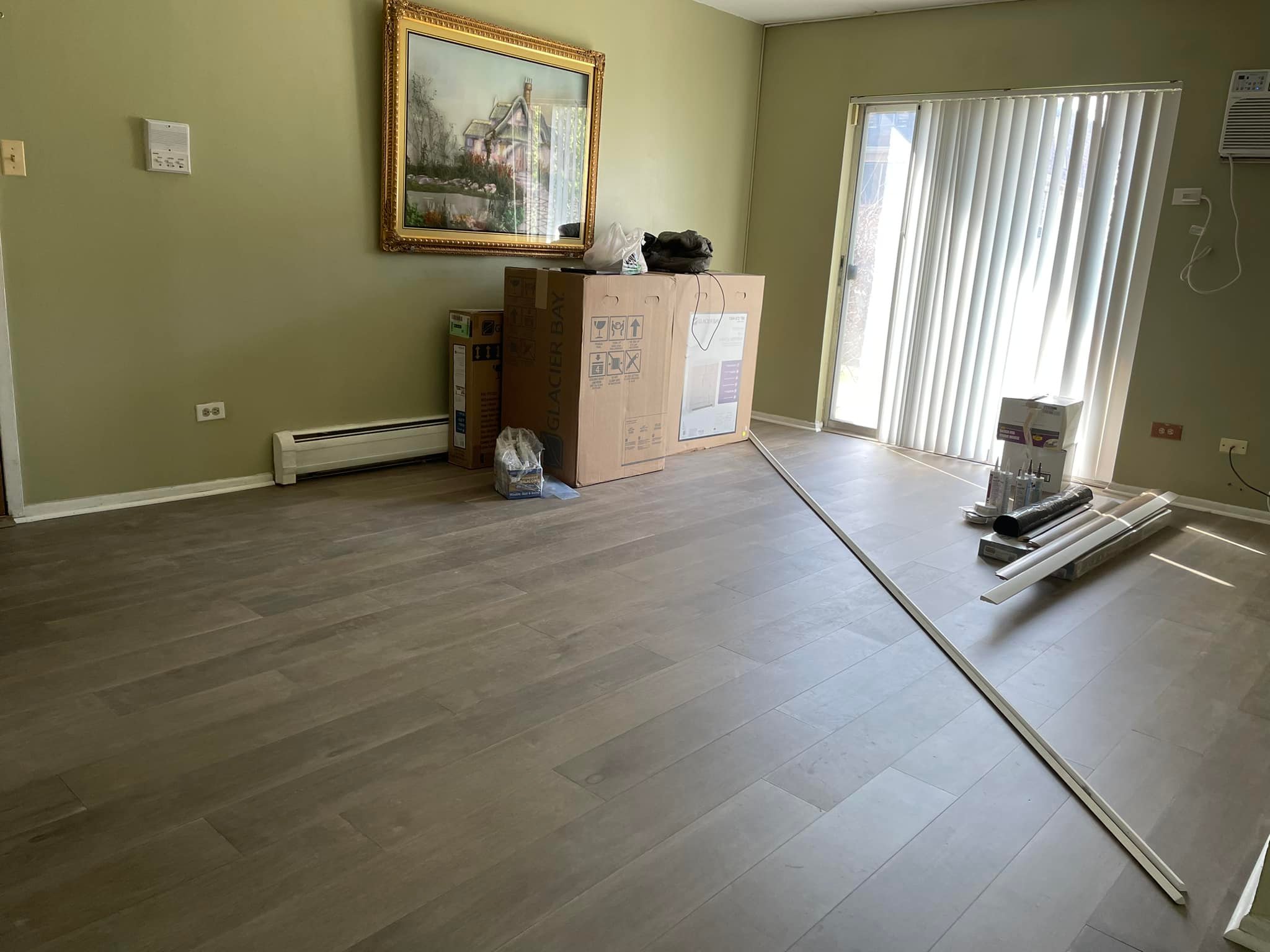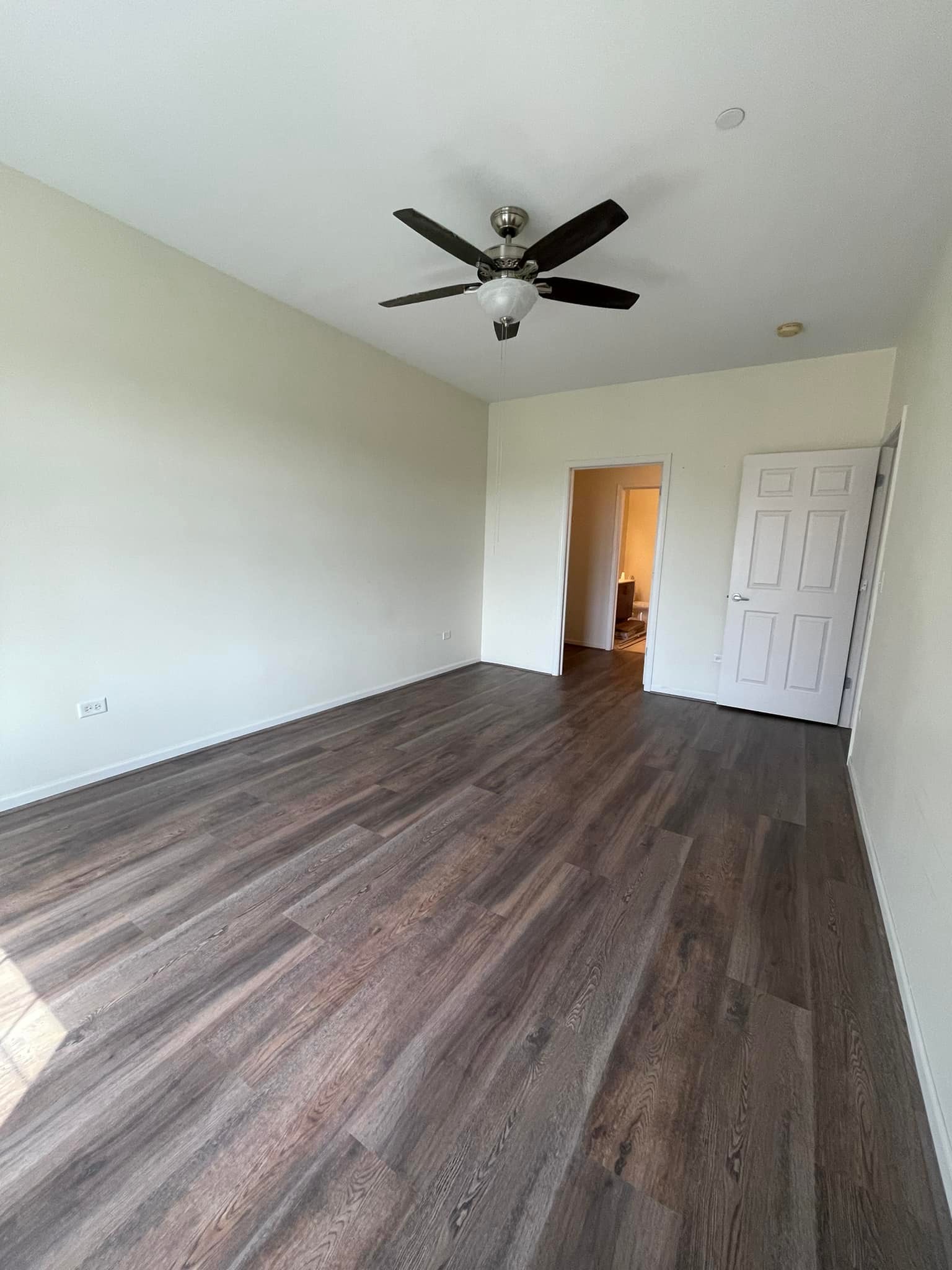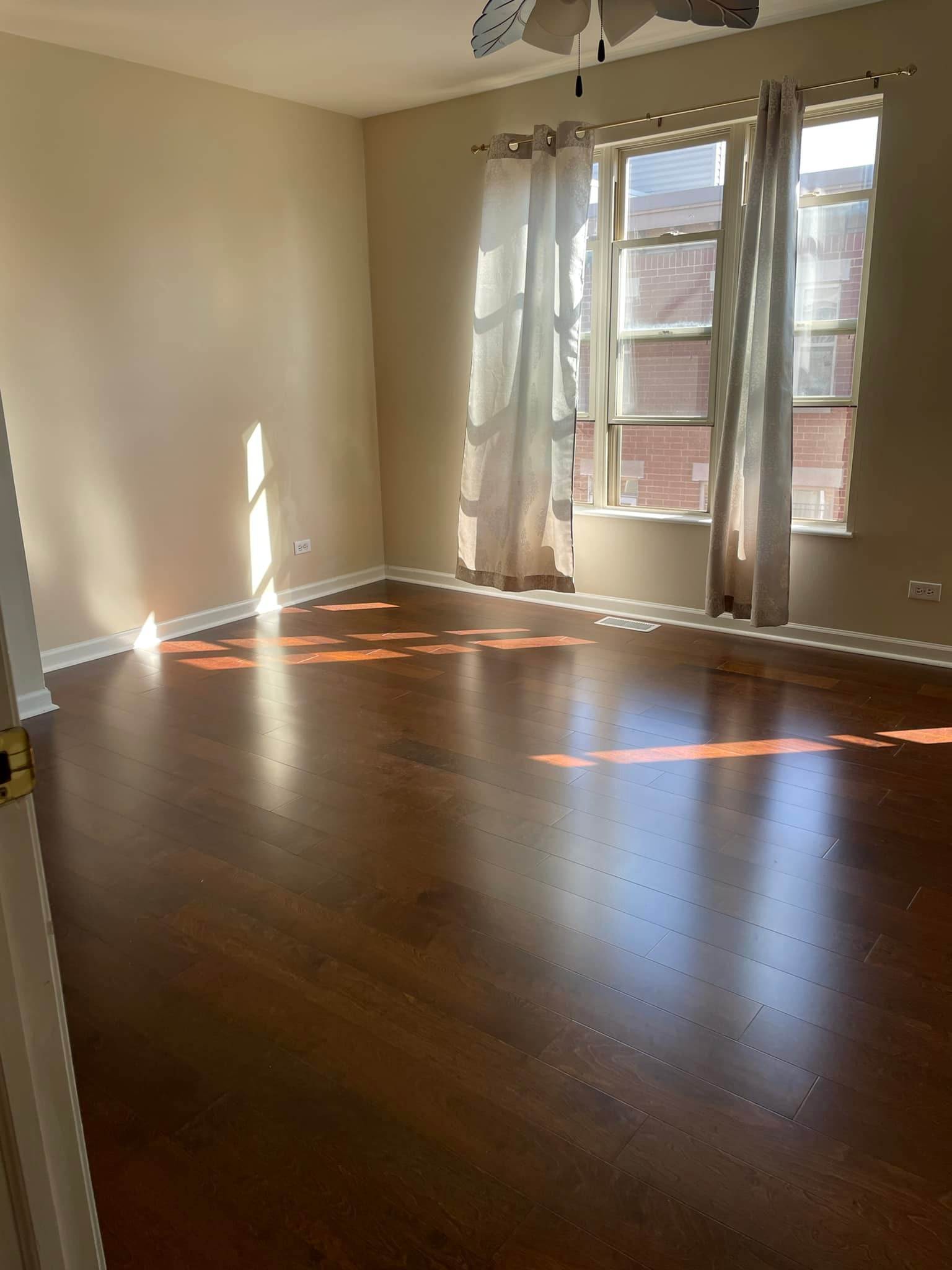Whether you’re refreshing your walls or tackling a complete room makeover, protecting your floors during painting is crucial. Paint spills and splatters can be particularly damaging to hardwood, vinyl, and other flooring materials. Here’s your comprehensive guide to keeping your floors pristine while painting.
Preparation is key to successful floor protection. Start by thoroughly cleaning your floors to remove any dust or debris that could create bumps under your protective covering. For hardwood and luxury vinyl, use breathable canvas drop cloths rather than plastic sheets, which can trap moisture and damage the flooring. For carpeted areas, consider using a combination of plastic sheeting topped with canvas for maximum protection.
Professional painters always work systematically from top to bottom, reducing the risk of drips and spills. When taping down protective materials, use painter’s tape specifically designed for your floor type—standard masking tape can leave residue or damage finishes. Create a “safe zone” by extending floor coverage at least 3 feet beyond your working area to account for unexpected drips or spills.
Essential Protection Tips
• Use canvas drop cloths for hard surfaces: Allows floor to breathe while providing excellent protection
• Secure edges properly: Tape down all covering edges to prevent tripping hazards
• Quick spill response: Keep cleaning supplies readily available for immediate cleanup
• Proper ventilation: Ensure adequate airflow to prevent moisture buildup under floor coverings


